Rossewitz | A Castle and Hunting Lodge
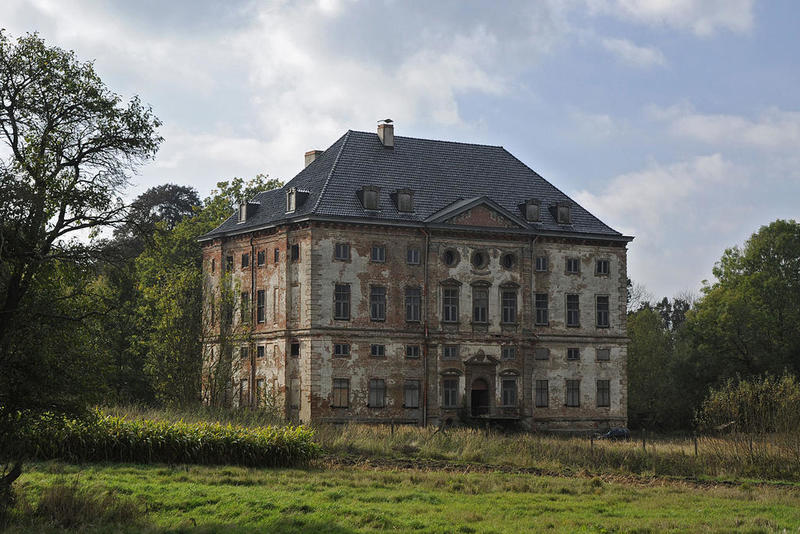
Rossewitz is located in the middle of fields in Laage, Germany. The Rossewitz estate was under the ownership of the von Moltke family, then the von Normann (Nortman) family and from 1450 to 1782 the Vieregge family.
The mastermind behind this architectural transformation was the skilled Charles Philippe Dieussart, who embarked on the construction journey in 1655. Despite grappling with post-war adversities, the meticulous endeavor saw its fruition around 1680. Over the centuries, Rossewitz witnessed a succession of owners, including a notable period under ducal control.
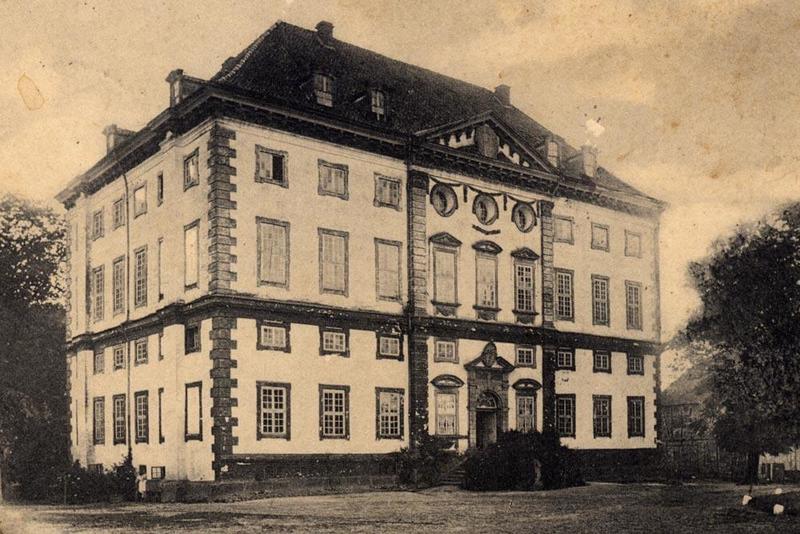
Rossewitz was under the ownership of the Schwerin Ducal Chamber Schwerin starting in 1780 and was used as a hunting lodge by Friedrich Franz I. It later became a demesne estate and was tenanted by the von Voss family. The manor house was already not at its best in 1930 and started to become derelict. It was a home for many refugee families from 1945 to 1972. After the last resident had left in 1973, it visibly deteriorated.
Through various epochs, the manor experienced neglect, found temporary purpose as a refuge for displaced individuals after World War II, and grappled with structural challenges in the 1980s.
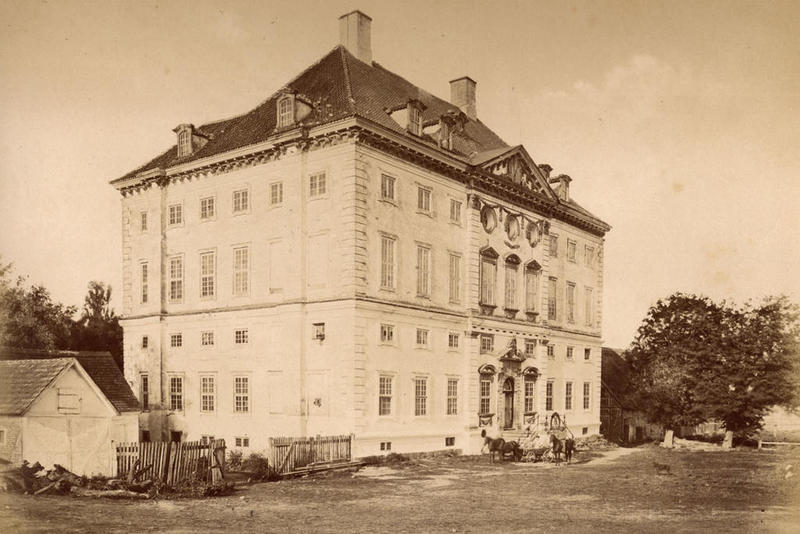
Since 2004, embraced under private ownership, Rossewitz has become the focus of ongoing restoration endeavors, aiming to breathe new life into its early Baroque features. The architectural tapestry includes enduring granite foundations, walls fashioned from plastered brick, vibrant red marble accents, and dark gray sandstone embellishments. Despite the trials of time, the manor’s robust walls, measuring 1.43 m at the bottom and 1.08 m at the top, have stood resilient, serving as custodians of Rossewitz’s historical legacy.
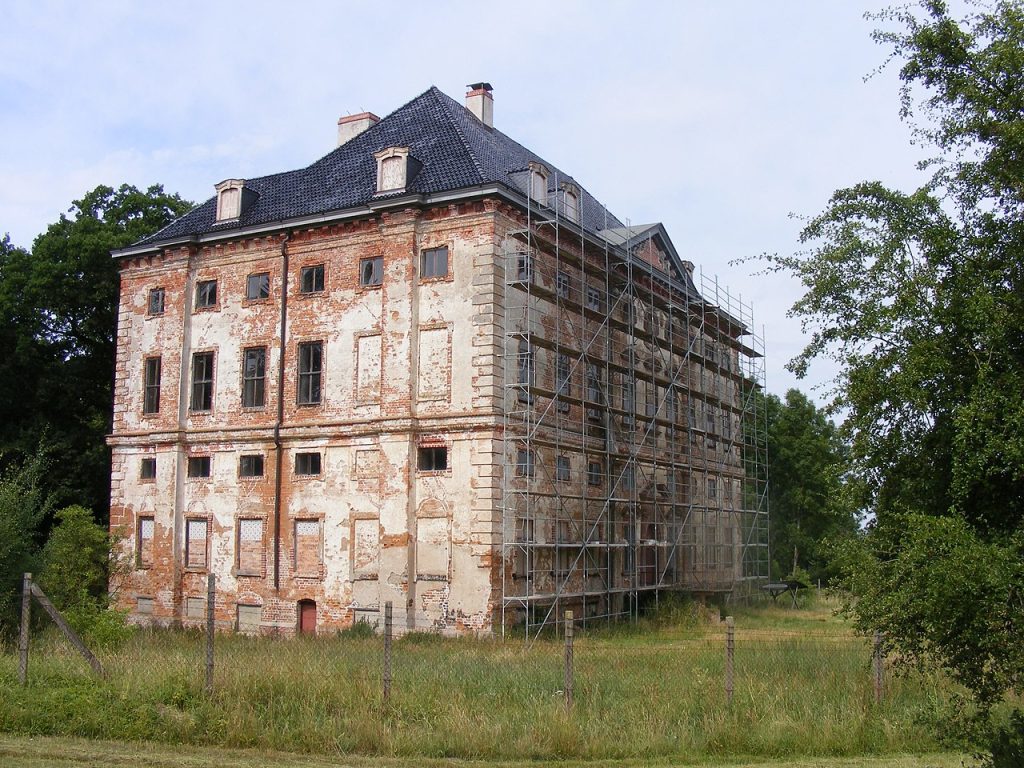
Rossewitz boasts an impressive rendered brick structure with nine sets of windows and three rear wings. Standing at four stories, each with a main and mezzanine floor, the manor house defies Mecklenburg proportions with a distinctive separation by a robust fascia and a high cellar.
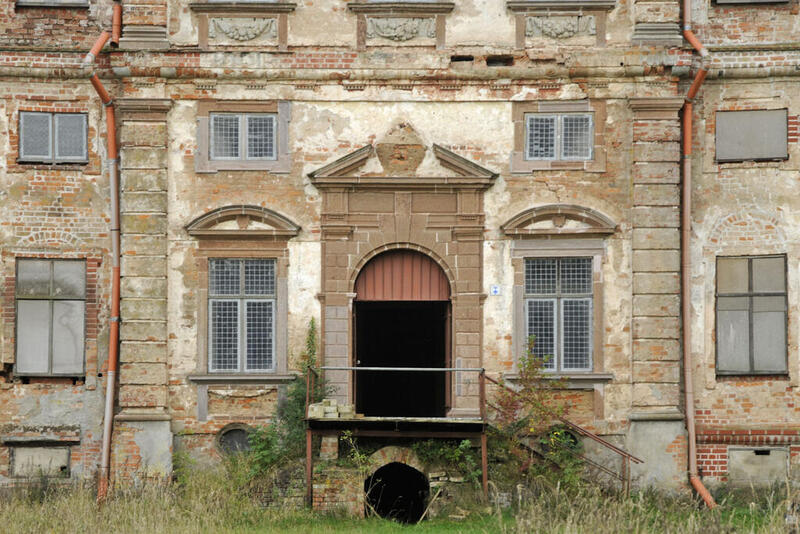
The façade is dominated by a three-winged avant-corps flanked by square pilasters with Corinthian pillars. The cornice features motifs from the Thirty Years War, crafted from fired clay. Dark grey sandstone embellishes garlands beneath the avant-corps windows and festoons, while three bull’s-eye windows provide extra illumination for the hall. The entrance mirrors the avant-corps concept with square pilasters and a triangular gable.
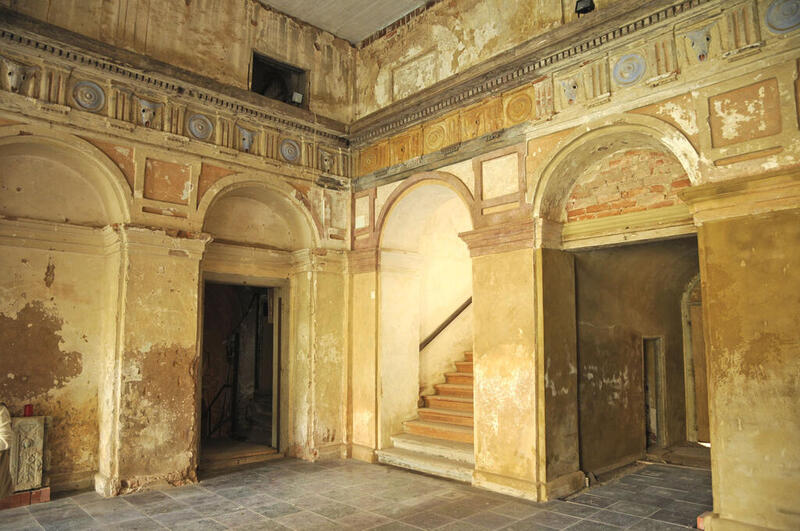
Inside, the foyer boasts blind arcades, pilasters, and a frieze adorned with triglyphs and metopes. Two stairways, one passing the “Piefkes Stube,” lead to the grand ballroom, connecting the main and mezzanine floors. Illusionist architectural paintings from 1680 have been extensively restored.
Medallions above doors depict Arcadian landscapes from 1781 to 178
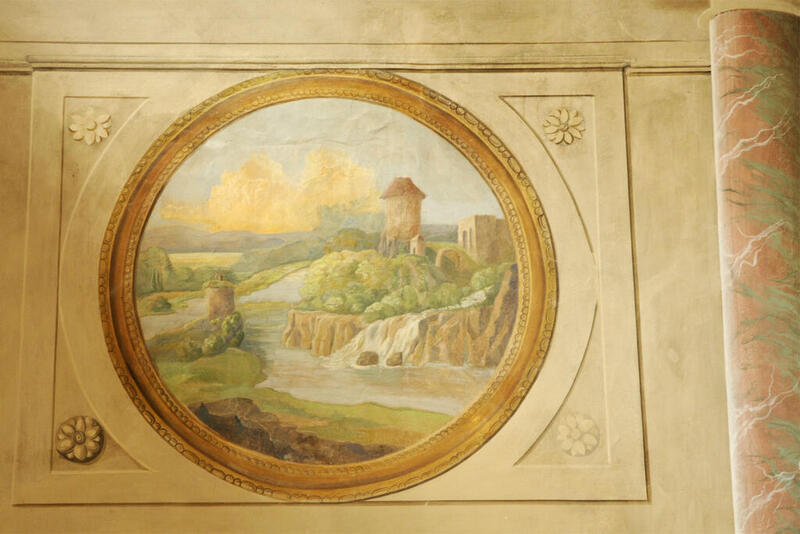
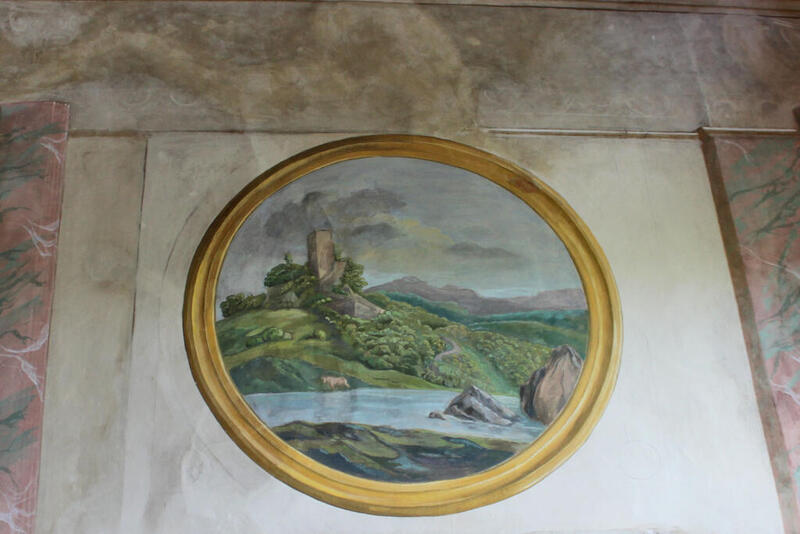
Today, Rossewitz stands not only as a physical edifice but as a living chronicle, a testament to the cultural richness and architectural prowess that defines Mecklenburg. The ongoing restoration efforts, with a particular emphasis on preserving the early Baroque grandeur, allow visitors to traverse through time and immerse themselves in the captivating story woven into the walls of this majestic manor. As the restoration journey unfolds, Rossewitz continues to beckon as a captivating destination where history and architecture converge in a timeless dance.
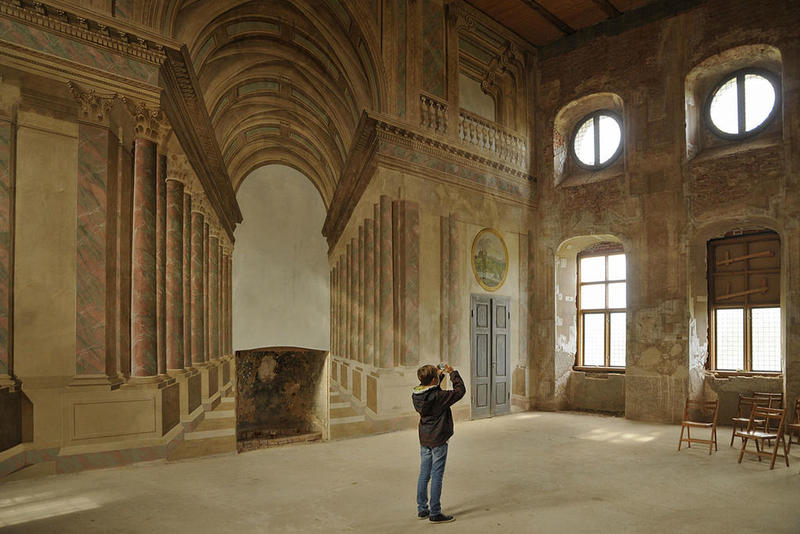
It is not simple to reach Rossewitz by car. If your’e lucky you can reach your destination over the country lanes. However a road will lead you to it.